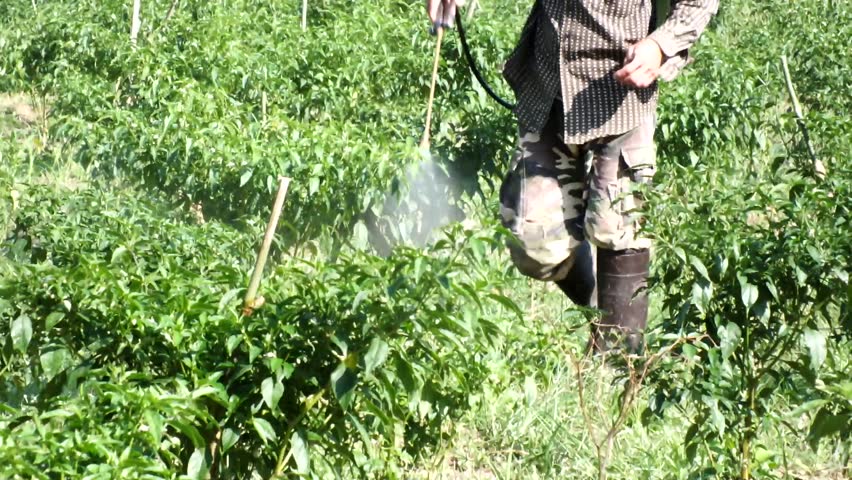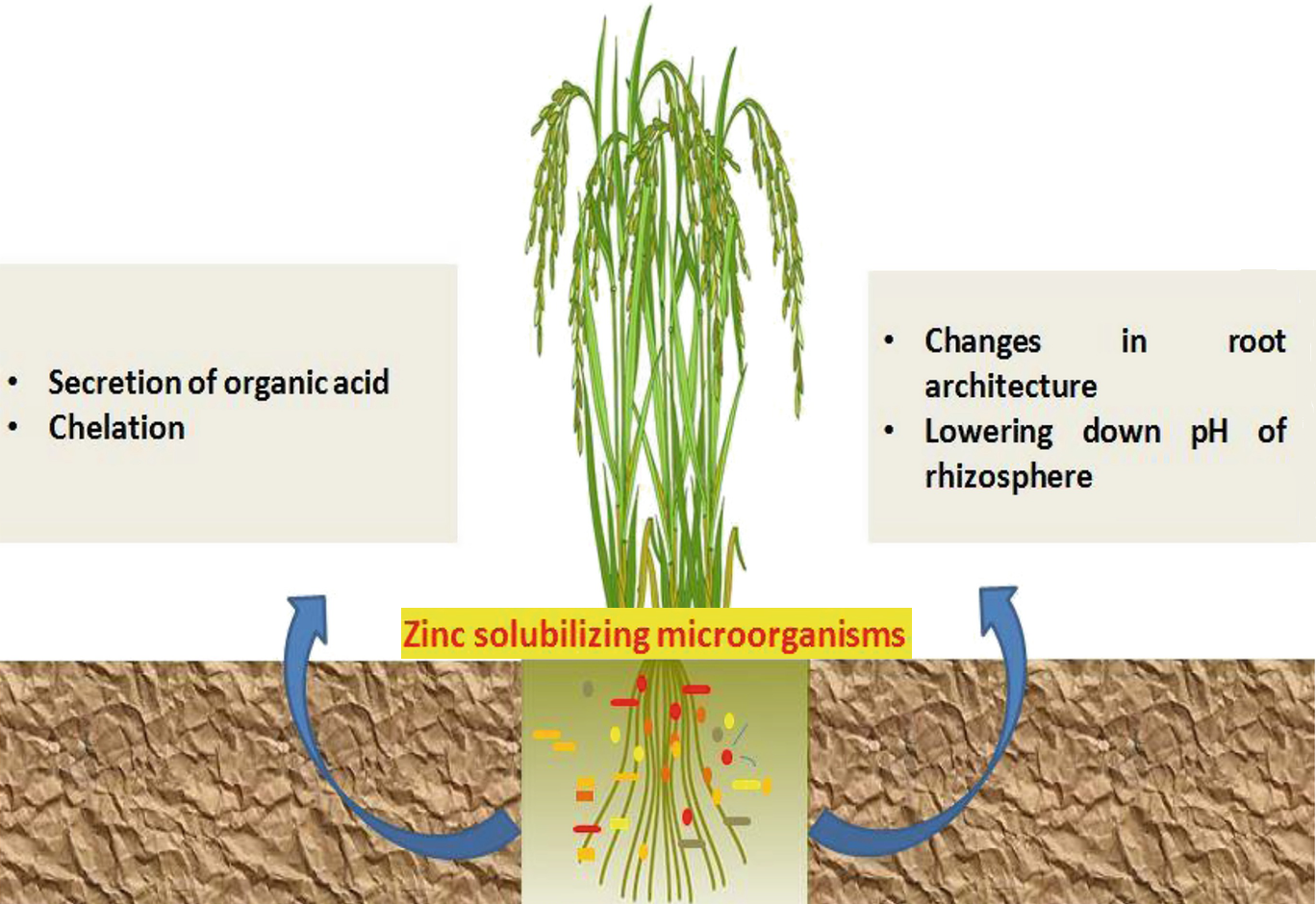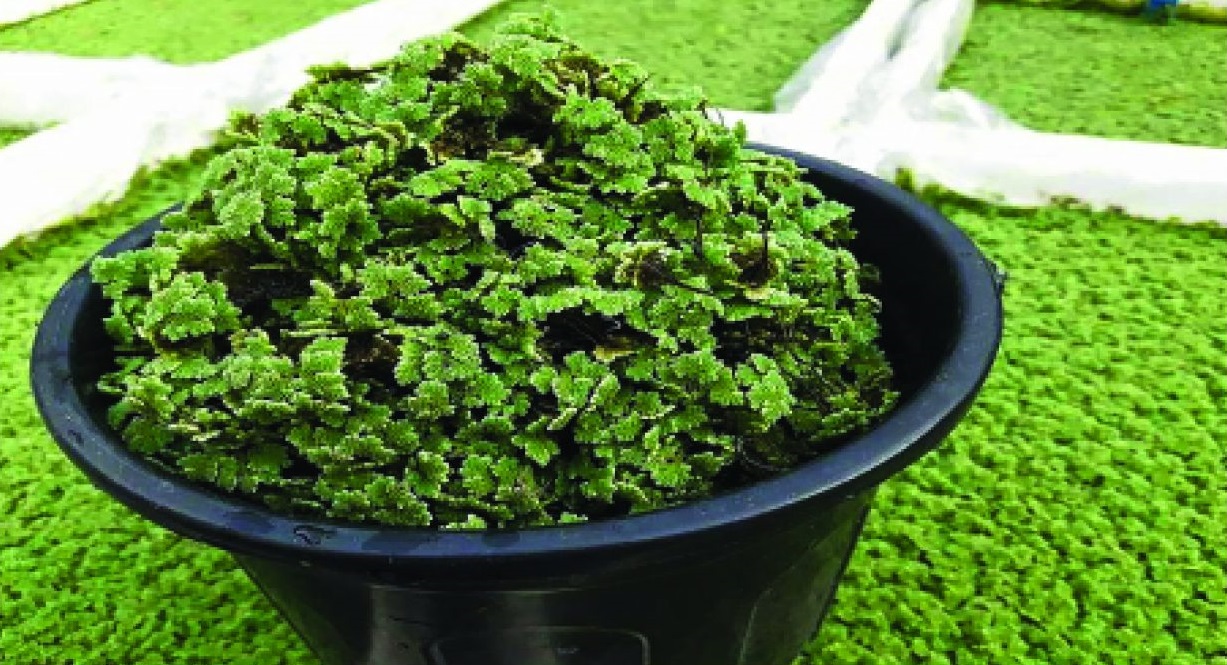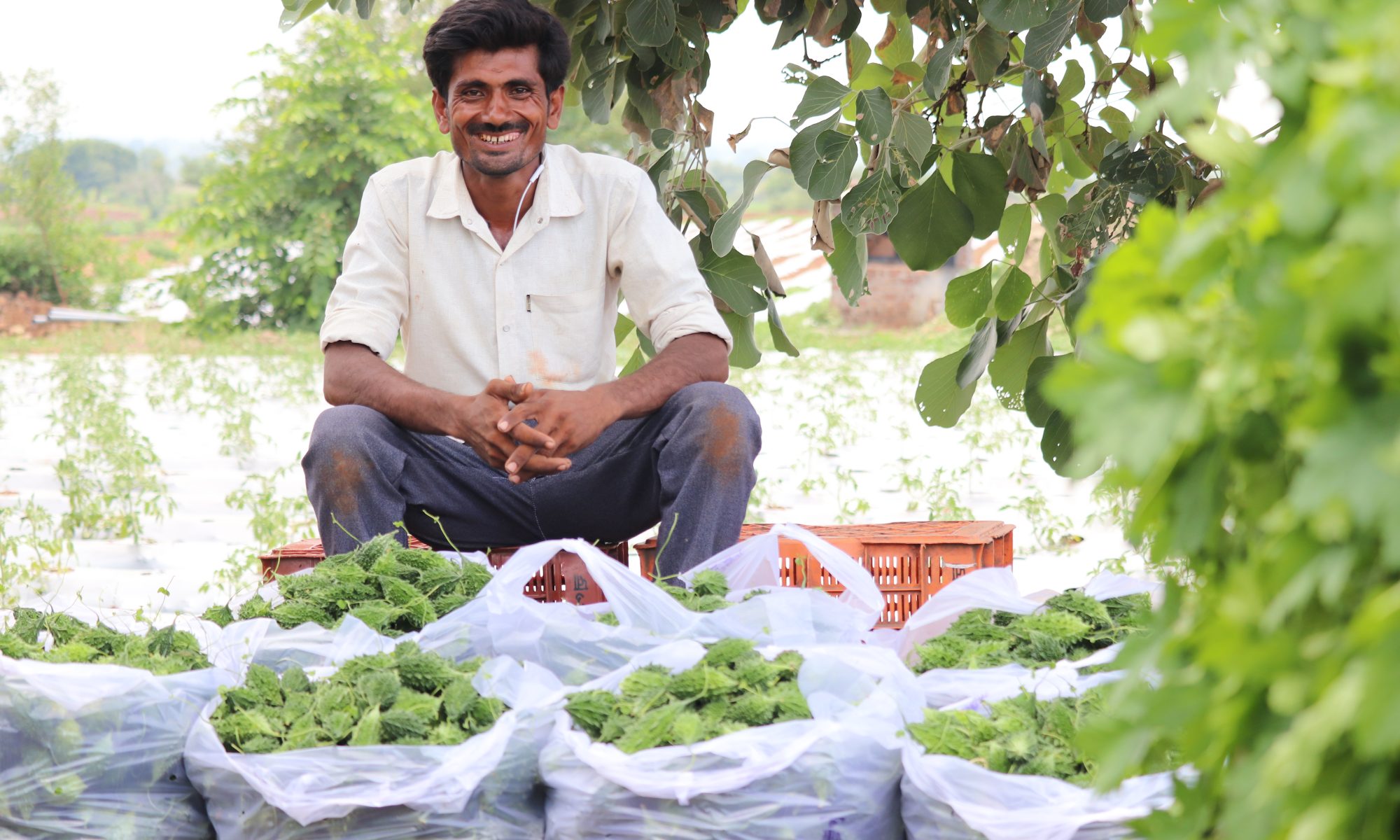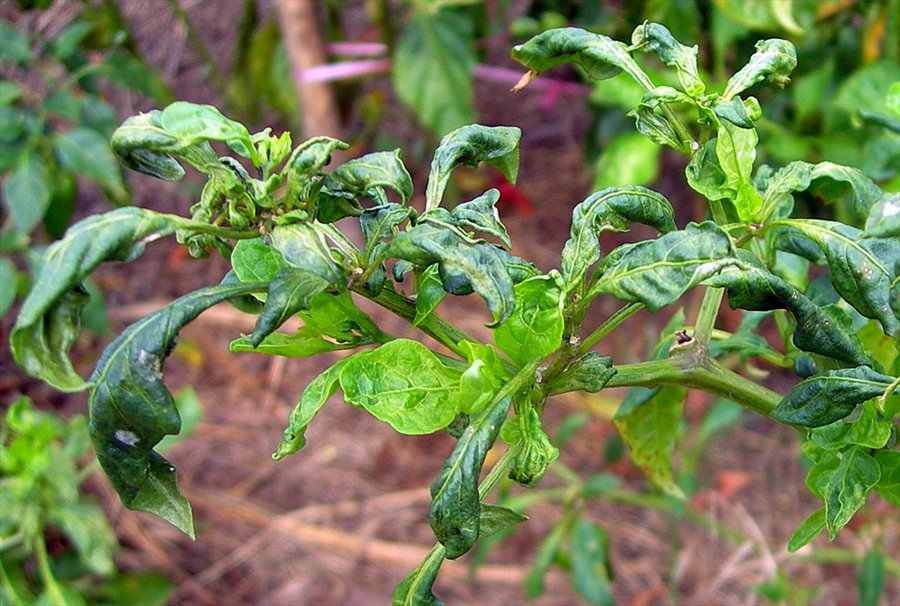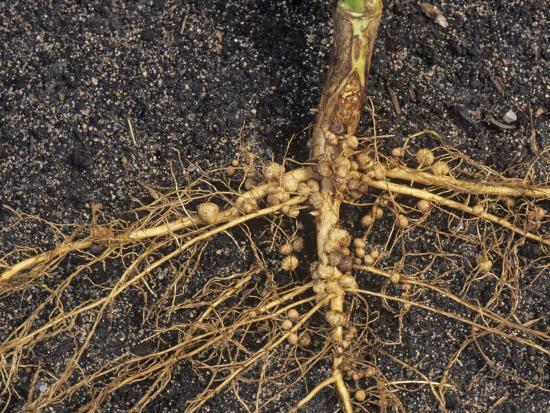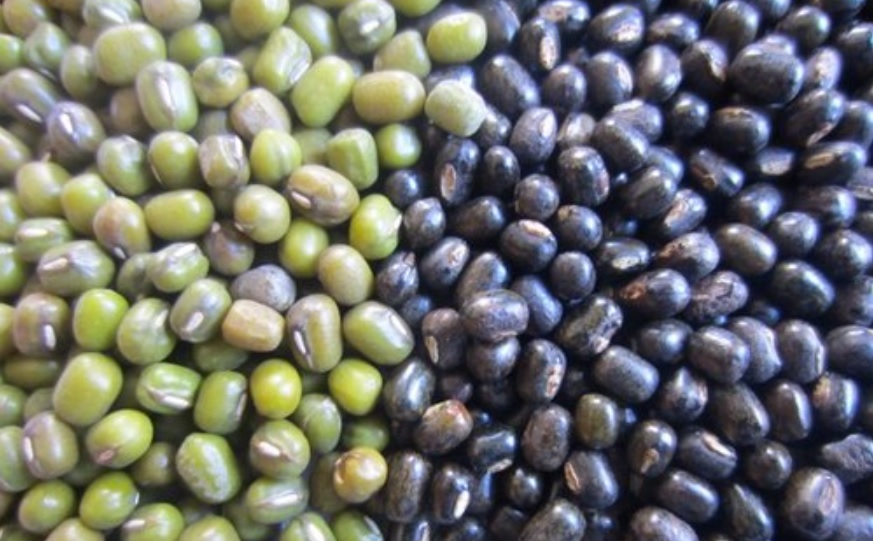Amid a prolonged lock-down on the Corona epidemic, the farmers were given many types of relief from the government. One of them was the first installment of Rs 2000 given under the Pradhan Mantri Kisan Samridhi Yojana. Now the date of the next installment to be received under this scheme has also been fixed. The next installment of this scheme will be deposited in the farmers’ account from August 1 by the central government. 2000-2000 rupees will be deposited in the account of farmers under this installment. Under this, more than 9 crore farmers will get the benefit of this scheme.
It is worth mentioning that to promote agriculture, the Central Government has launched the Pradhan Mantri Kisan Samman Nidhi Yojana under which funds are deposited directly in the farmers’ account. Under this scheme, farmers are provided 6000 rupees a year. Explain that so far the data of 9.54 crore farmers have been verified by this scheme. Due to this, more than 9 crore farmers will get the benefit of this scheme.
Source: Nai Dunia
Share

